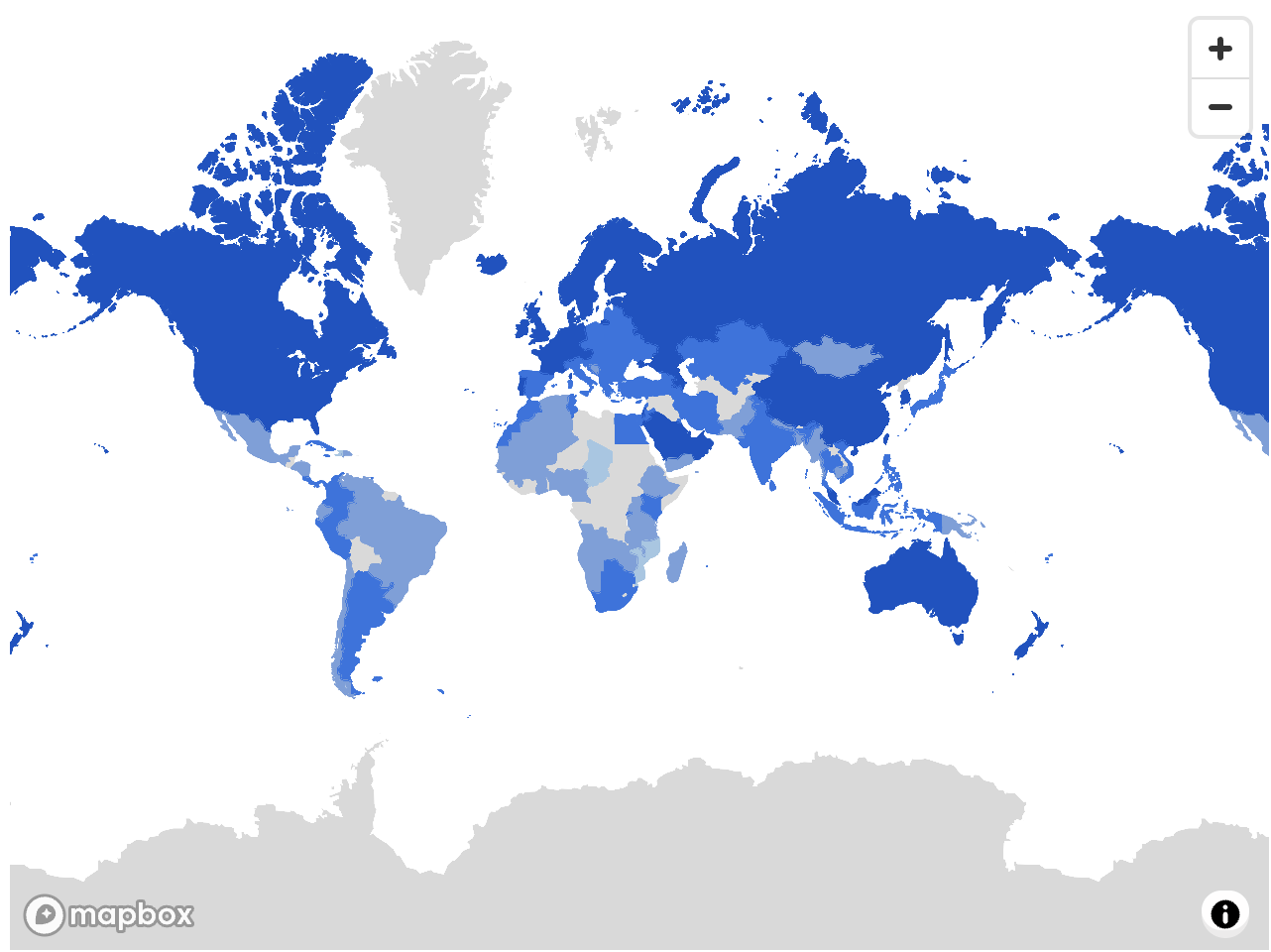AI is driving a new wave of HR digital transformation projects. But how can teams prevent employees in less technologically developed countries from being left behind?
Digital transformation: two words that leave CTOs grinning and HR managers quaking.
When big organisations announce they’re modernising their systems, the pitches roll in. Dazzled by shiny new toys, executives can sometimes forget about the people who have to use them. They wave through immature products for critical operations without proper testing or consultation. When it all goes pear-shaped, HR takes the flack.
Consider the notorious payroll system disaster at Queensland Health. In 2010, Queensland’s healthcare service rushed a new payroll system into operation after testing by only 10% of employees. As a result, huge numbers of doctors and nurses were paid incorrectly – or not at all.
On the flipside, multinationals prioritising HR in their system upgrades tend to see better outcomes. Before Spotify onboarded any new tech in their digital transformation programme, it had already restructured internal teams to align them to the project’s vision. IBM is now schooling its clients in an operational philosophy it calls ‘HR 3.0’ – using technology to create a better employee experience.
These projects are a North Star for other companies’ strategies. Digital transformation efforts alter the basic materials of employees’ working lives. Logically, HR departments should steer the ship.
But they need to stay alert to the destabilising power of skills gaps.
The AI boom meets the global skills gap
Almost every organisation has a gap between the skills it needs and those its workforce actually has. This will only widen as we enter what AI pioneer Mustafa Suleyman calls ‘the coming wave’ of exponential technological advancement.
Most midsized companies are now in the early stages of AI implementation. 98% of UK CEOs are planning strategic transactions in the next year. As these investments bear fruit, the pace of change could be staggering. It’s dizzying to think how much more businesses may suddenly be able to do.
But to quote William Gibson, ‘the future is already here; it’s just not evenly distributed yet’. The AI boom is happening amidst massive gaps in people’s technical abilities.
This isn’t only a problem within companies, or even within countries. It’s a problem on a planetary scale.
The 2021 Digital Skills Gap Index (DSGI) found major discrepancies in technical ability between nations. Western European countries like the UK, the Netherlands, Finland, Norway and Sweden dominate the top 10. They are joined by a handful of non-Western nations on the technological frontier. Singapore takes the top spot, followed by the UAE, with Qatar only a few places behind.

Results of Wiley’s Digital Skills Gap Index
As we go down the scale, regional gaps open fast. Despite Eastern Europe’s famous developer community, nations like Poland and Lithuania are still behind the curve.
No Latin American countries make it into the top 50. Outside of the Gulf states, MENA also performs poorly. In APAC, the strengths of Malaysia and its city-state neighbour mask a spottier picture.
The devil is in the divide
These gaps pose a major practical problem for multinational organisations’ HR digital transformation plans.
Suppose the London-based CTO signs off on a company-wide software stack upgrade. The team in Stockholm can quickly push it through their own systems. But does the Mexico City office have the in-house AI expertise to make it happen?
Either the project is delayed, or it’s implemented asynchronously.
The first option sows discord between offices, putting company culture at risk.
The second route stores up disasters. Fractured infrastructures create inconsistent experiences for both employees and customers. Sharing information gets harder as systems become incompatible. Security flaws mount, and endless patching sends costs spiralling.
How HR can set the digital transformation agenda
These technical failures are rooted in human misalignments. That’s why digital teams must keep HR in the loop from the very beginning.
When an international skill gap is identified, HR should send technical experts to lead projects and train local teams. Depending on the project’s scope, these might be short-term placements or longer transfers.
Yet, while global mobility is a critical lever to pull, it can’t be the whole solution. Strategic recruitment and international upskilling should be executives’ primary, longer-term objectives.
Recruitment
Companies think globally, but they act locally. Hubs of technical excellence are flourishing within underdeveloped countries. HR teams should sniff out these focal points of AI know-how and cultivate relationships with them.
Corporate partnerships with universities, accelerators, research institutes and incubators can blossom into talent pipelines.
Upskilling
An improved recruitment strategy is no excuse to write off existing employees. The only fair, cost-effective path to technological parity runs through the current workforce.
According to one 2023 survey, 58% of adults feel that AI has made it necessary for them to learn new skills. The same percentage actively wants access to those learning opportunities. Companies should respond to this clear market need.
There are some green shoots of progress here. Shell’s digital learning platform has helped thousands of employees get to grips with the fundamentals of AI and basic Python coding. AstraZeneca now offers a self-guided generative AI accreditation programme to its employees.
Keeping employees without a technical background up to date with something as complex and fast-moving as AI is no picnic. But that same pace of change makes upskilling more pressing by the day.
It’s encouraging to see senior industry players beginning to work together on closing the skills gap. Cisco recently convened tech giants like Microsoft and SAP to form the AI-Enabled ICT Workforce Consortium. This working group seeks to pinpoint AI’s impact on the workforce and identify which employees need upskilling. Its findings may sketch out a viable blueprint for L&D at a time of head-spinning change.
No single company can mend the skill gaps caused by deep-seated global inequalities. They can only choose whether to diffuse specialist knowledge or accept the risks of keeping it concentrated.
If Suleyman’s predictions of a self-compounding wave of creative destruction hold true, the choice has already been made for them.







